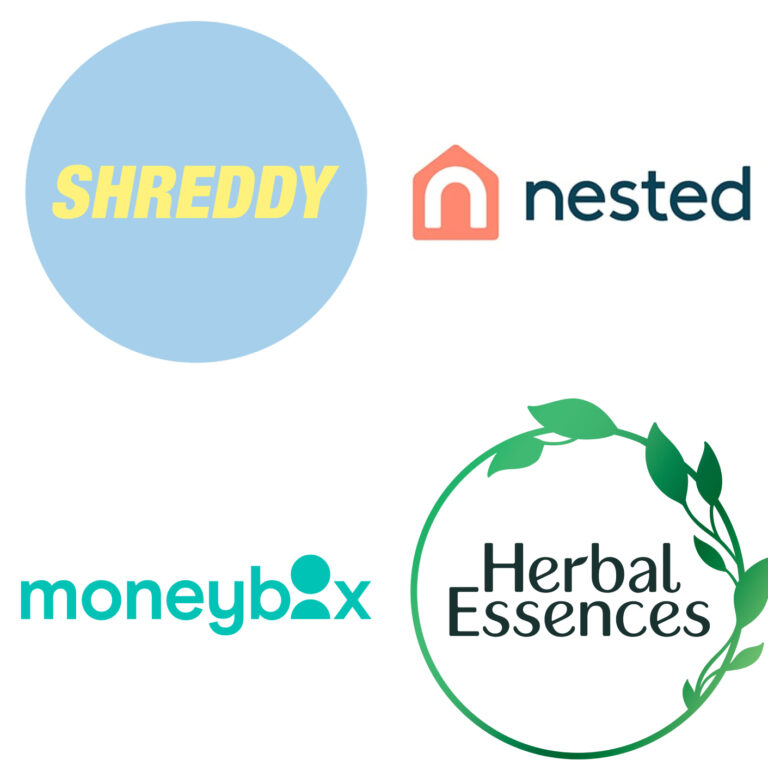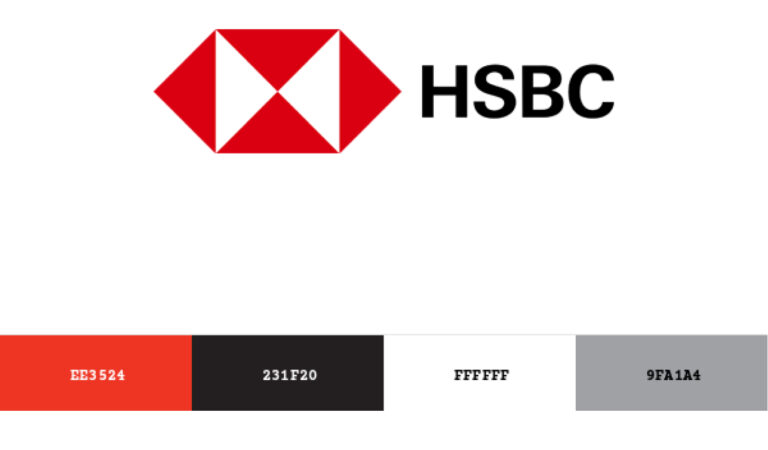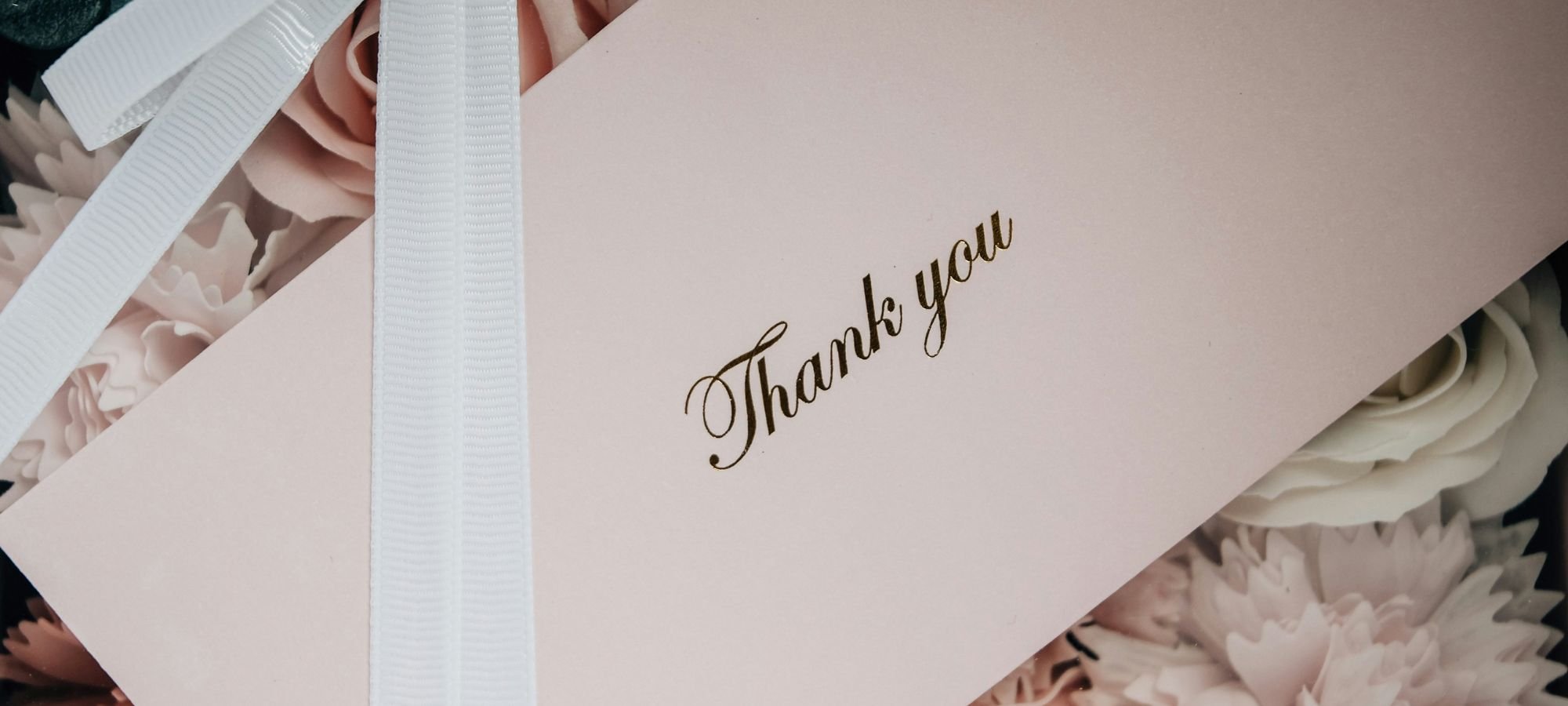Hello creators! We’re back with edition two of Ask our Expert. This time we spoke to our Senior Brand Manager. Join us as we learn brand building with Becky.
What are your tips for a great brand name?
The fun thing about brand names is: as long as it’s not too complicated, or difficult, you can’t go too far wrong. Unless you have tonnes of cash to spend on brand building, I would recommend smaller businesses to start with a name that is linked to their mission, product or values. That way, it’s less of a mental hoop for the customer to jump through in order to understand who you are, and what you do.
Some good examples of this are: Shreddy (a fitness app), thortful (sending thoughts and feelings to your loved ones), Nested (an estate agent), Herbal Essences (shampoos based around natural scents), Moneybox (a savings app).

If you’re part of a larger organisation, or have a very distinct name (like Monzo) or a large marketing budget (like Apple, Amazon), then this might not always apply, but it’s a good way to start educating your customers on what you’re all about as a brand!
For me, the biggest thing would be making it distinct and memorable – there’s a reason Hewlett Packard quickly became HP, and it’s to do with being easy to recall in the mind of the customer.
Would you recommend sticking to the same designs to create a brand or mix it up?
Brand building is done on the back of stability, and customers look for consistency – so having designs that you’re known for isn’t a bad thing! In fact, being recognisable in branding is super important. Think about the biggest brands you know; all of them have something that makes them “them”, whether that’s a colour, typeface or tone of voice.
However, this doesn’t mean you should feel creatively limited, it’s more about the feeling of a collection as opposed to always needing to use the same colour, same font etc
Any advice to understand my target audience?
Get out there and talk to them! The minute you own a business, you are no longer your own customer. You don’t know what they think or feel, the only way to find out is to chat to them.
There are tons of ways you can do this: Instagram polls, Q&As, surveys, small focus groups, even just going to your local pub or cafe and asking people who meet your target audience.
How do you pick your brand colour?
This is an interesting one! If we’re talking about brand building, your favourite colour doesn’t matter. What matters is what your customers associate with your brand and finding a colour that matches that.
Is there anything to consider when choosing your brand's colour palette?
My top three:
1- Make sure it aligns to your customer and brand values. For example, a more playful brand would use a brighter colour (like Monzo’s coral!), whereas a serious brand might pick a more muted palette (like JP Morgan or HSBC). The other sense check I always do is make sure that your main competitors don’t have the same palette – otherwise you run the risk of building their brand with your marketing!
2- Think about how the colours look in situ – so when playing with colours, don’t put them in a grid. Try them in an email, website banner etc to see how they look.
3- The more paired back you can get, the better. Think of a top brand – they probably have a maximum of three colours in their main palette. When you start adding in loads of core colours, it can get really overwhelming, really fast for designers and customers, and you run the risk of having a muddled look and feel.

Any best practice tips for designing a logo?
Keep it simple, easy to read and easy to put across a variety of assets (think digital, socials, print). Ideally, as most of the world is moving online these days, make sure you have at least one version which pass the WCAG accessibility guidelines for colour contrast – that’s a standard for making sure that everyone, including people with impaired vision, are able to see it clearly. You can check how your colour combinations fare with this online tool. A really easy way to do this though is to have a version of your logo which works in all white. Generally speaking, try and keep your logo as “timeless” as possible – try to avoid things that will age fast or feel too literal!
In terms of formatting – most brands (but not all) will have a long version and a square version of their logos, so they can fit onto different marketing materials. I’d recommend not relying on a background, as generally you’ll need the file to work as a PNG with transparent background.
If you have a well known strapline, some brands tag it onto the bottom of their logo, however for smaller companies I would recommend leaving the focus on the logo itself as your strapline can change over time.
What do you predict the Christmas trends to be?
This is a hard one. It’s really tricky to predict trends, especially at Christmas. The market is dominated by the big brands and their actions (John Lewis). My advice would be to not try and predict them. Stick to your brand identity and what feels right for you.
How do I best build my brand on Instagram?
Instagram is about tapping into the community – engage with other accounts, test and learn. Think about what resonates with your audience and whenever you post, have a look at what works analytically. See if it works with your audience and if it does, go for it.
Are trends like painterly florals still popular or are customers looking for something a bit edgier?
If you love to create painterly florals, go for it. You don’t need to follow the ‘edgy’ trends if they don’t feel like you and your brand. Top tip: at thortful we generally find that traditional, pretty designs perform best when either recipient-focused (Happy Birthday Mum!), refer to a milestone (Happy 30th!) or paired with heartfelt sentiment.
Are there any do’s when naming a brand?
Make sure it’s easy to spell and easy to remember, especially if you’re a small business with small advertising budgets – you want people to be able to find you easily! Try to avoid using the name of a big brand, for example don’t call your small business Apple, as you won’t appear before them on Google, making it harder to find you. Keep your name consistent across all your channels (socials, website, thortful, other shops) so that you’re easy to find wherever your customers shop.
For thortful specifically, try to avoid things like & in the middle of words, like becky&illustration – it won’t work in the search on our site when prospects search for you.
Three big don’ts:
1- Don’t use a word that is easily searchable on Google.
2- Don’t use the name of another brand (sounds obvious but you would be surprised!).
3- Don’t go for a really long brand name. If you must make sure you can abbreviate it down, like HP for Hewlett-Packard.
We hope you found brand building with Becky useful. Don’t forget to check out the first edition of Ask our Expert, where we join Rich Potts, our Head of Paid Digital Marketing. We also looked into how you can drive sales with titles and descriptions, so be sure to read up on that!
Join us next time when we speak to another thortful expert! Be sure to follow thortful creators on Instagram where the Q and As are hosted.
Team thortful






